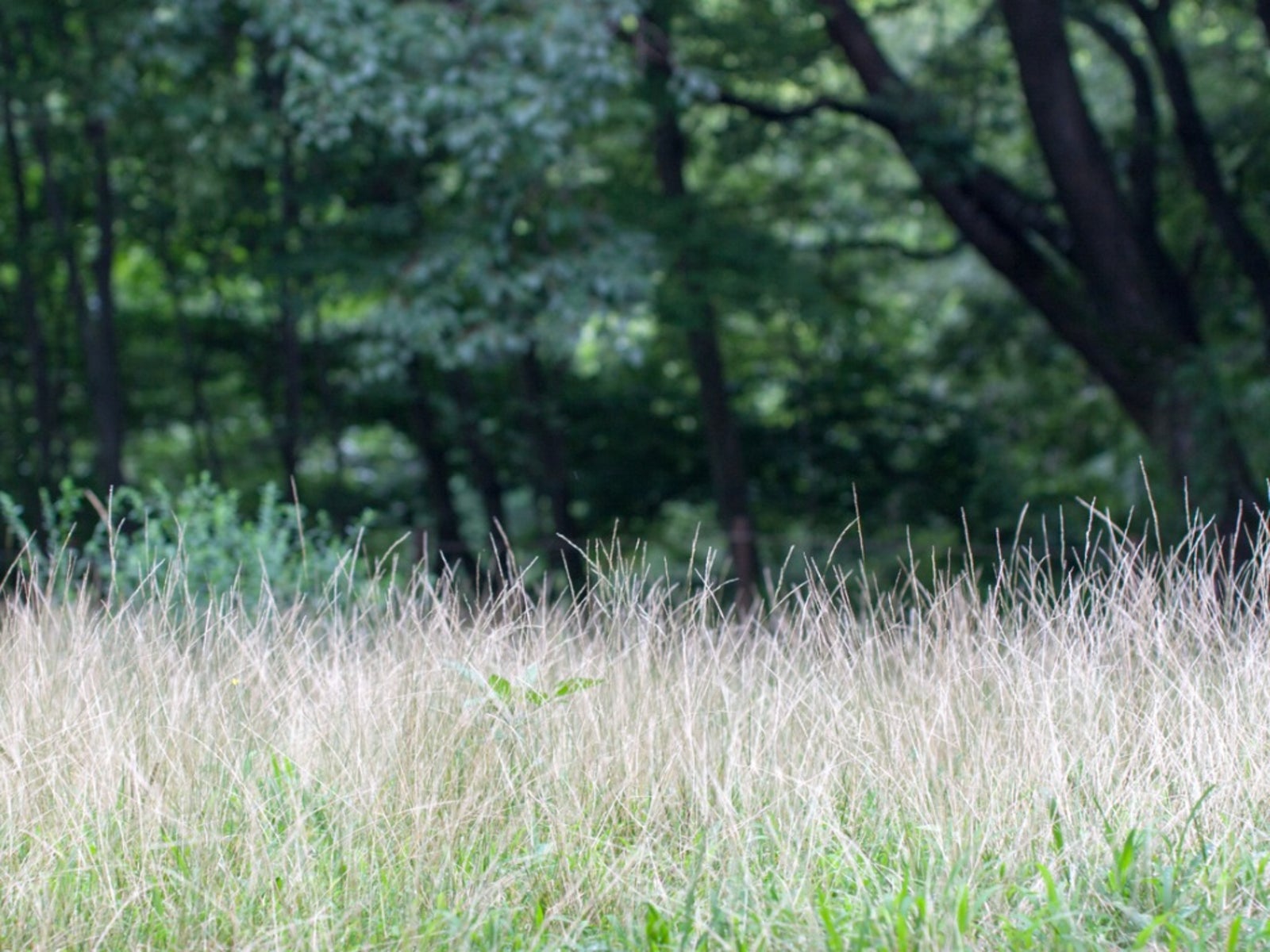Crabgrass Varieties: Information On Types Of Crabgrass Weeds


Crabgrass is one of the more invasive of our common weeds. It is also resilient and hardy, as it can grow in turfgrass, garden beds, and even on concrete. There are many different types of crabgrass. How many types of crabgrass are there? There are nearly 35 different species, depending upon whom you ask. The most common forms in North America are smooth or short crabgrass and long or hairy crabgrass. Several introduced species, such as Asian crabgrass, have also taken hold in many of our regions.
How Many Types of Crabgrass are There?
These tough plants may be confused with many other weeds and even turfgrass, but they bear some identifying characteristics that point to their classification. The name refers to the plant’s rosette form where leaves radiate out from a central growing point. The leaves are thick and have a vertical folding point. Flower stalks appear in summer and release numerous tiny seeds. In spite of this plant's similarity to lawn grass, it is an invasive competitor that will outgrow and outperform your average turf over time. Crabgrass is in the Digitaria family. ‘Digitus’ is the Latin word for finger. There are 33 listed species in the family, all different crabgrass varieties. The majority of the types of crabgrass weeds are native to tropical and temperate regions. While some varieties of crabgrass are considered weeds, others are food and animal forage. Digitaria species span the globe with many indigenous names. In spring, many of us curse the name as we find our lawns and garden beds being taken over by this tenacious and hardy weed.
Most Common Crabgrass Varieties
As mentioned, the two varieties of crabgrass most often seen in North America are short and long.
- Short, or smooth, crabgrass is native to Europe and Asia but has taken quite a liking to North America. It will grow to just 6 inches (15 cm.) in height and has smooth, broad, hairless stems.
- Long crabgrass, which may also be called large or hairy crabgrass, is native to Europe, Asia, and Africa. It spreads quickly by tillering and can achieve 2 feet (61 cm.) in height if not mowed.
Both weeds are summer annuals that reseed prolifically. There’s also Asian and southern crabgrass.
- Asian crabgrass has seed head branches that stem from the same place on flower stems. It may also be called tropical crabgrass.
- Southern crabgrass is also common in lawns and is one of the different types of crabgrass actually native to the Americas. It looks similar to long crabgrass with wide, long, hairy leaves.
Less Common Crabgrass Types
Many of the other forms of crabgrass may not make it into your area but the plant's versatility and hardiness mean it has a wide range and can even skip continents. Some of these include:
- Blanket crabgrass has short, hairy leaves and spreads by stolons.
- India crabgrass is a tiny plant with leaves of less than one inch (2.5 cm.).
- Texas crabgrass prefers rocky or dry soil and hot seasons.
Crabgrasses are often named for their locality such as:
- Carolina crabgrass
- Madagascar crabgrass
- Queensland blue couch
Others are more colorfully named to suit their characteristics. Among these would be:
Gardening tips, videos, info and more delivered right to your inbox!
Sign up for the Gardening Know How newsletter today and receive a free copy of our e-book "How to Grow Delicious Tomatoes".
- Cotton Panic grass
- Comb Finger grass
- Naked crabgrass
Most of these weeds can be controlled with a pre-emergent herbicide, but you must be vigilant, as crabgrasses can sprout from spring until fall.

Bonnie Grant is a professional landscaper with a Certification in Urban Gardening. She has been gardening and writing for 15 years. A former professional chef, she has a passion for edible landscaping.
-
 8 Noteworthy Native Azaleas Every Gardener Should Know – And Grow!
8 Noteworthy Native Azaleas Every Gardener Should Know – And Grow!Native azaleas offer brilliant blooms in a range of colors and sizes. Here are a few favorites to get inspired and start working on a native shade garden!
-
 Growing Climbing Roses: How To Create Elegant Displays With Maximum Blooms
Growing Climbing Roses: How To Create Elegant Displays With Maximum BloomsMaster the art of growing stunning climbing roses with this essential guide to creating vibrant, fragrant walls and structures all summer long.